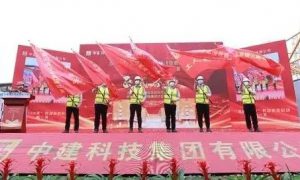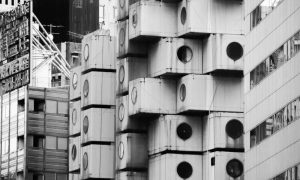“转自:“
消息来源:搜建筑
宁波市城市建设档案馆
DC国际建筑设计事务所
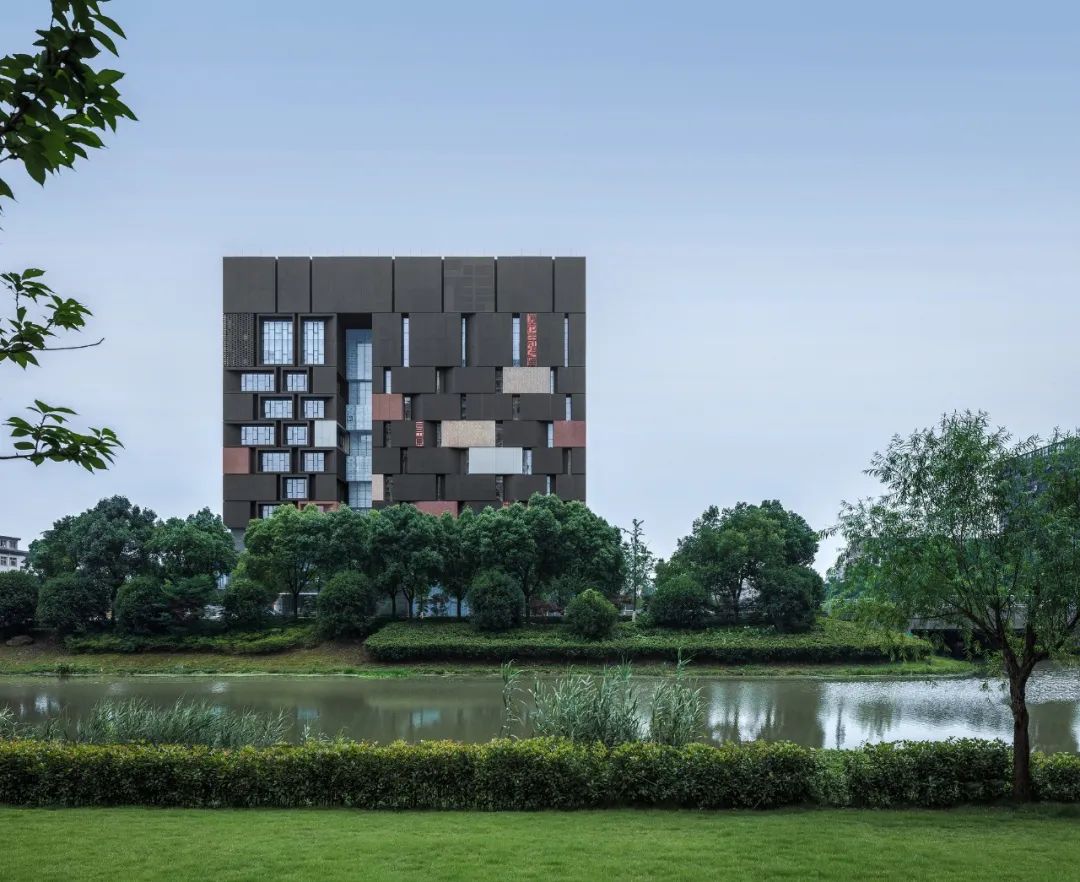
城市是由建筑物组成的,建筑物是由不同的建筑块体构成的,这些建筑块体具有特殊的空间和物质属性;因此,城市建设的历史可以理解为筑城史,宁波城市发展档案就是这段筑城史的集大成者。
基于对城市建设的理解,我们将“空间”和“材料”这两种属性叠加在一起,来支持“砌体”的概念。
City is composed by buildings, and buildings are constructed from different building blocks, which have special space and material attributes; hence, the history of city construction can be understood as history of fortification, and Ningbo Urban Development Archives is a collector of this history of fortification indeed. Base on the understanding of the city construction, we superimpose the two properties of “space” and “material” to support the concept of “masonry”.
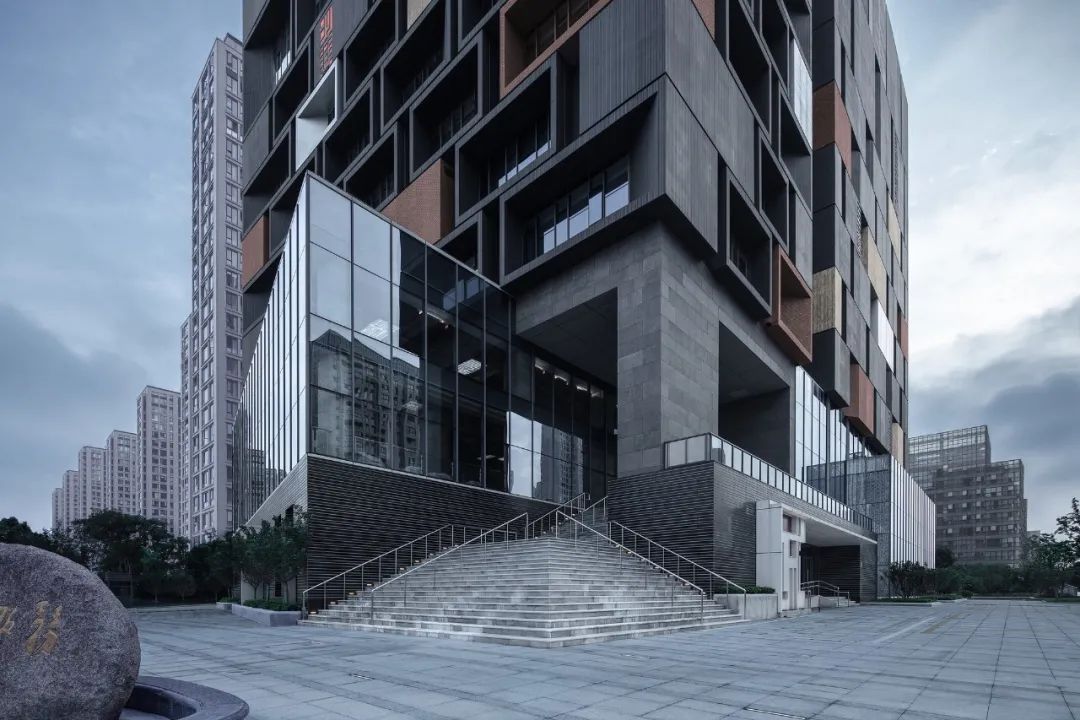
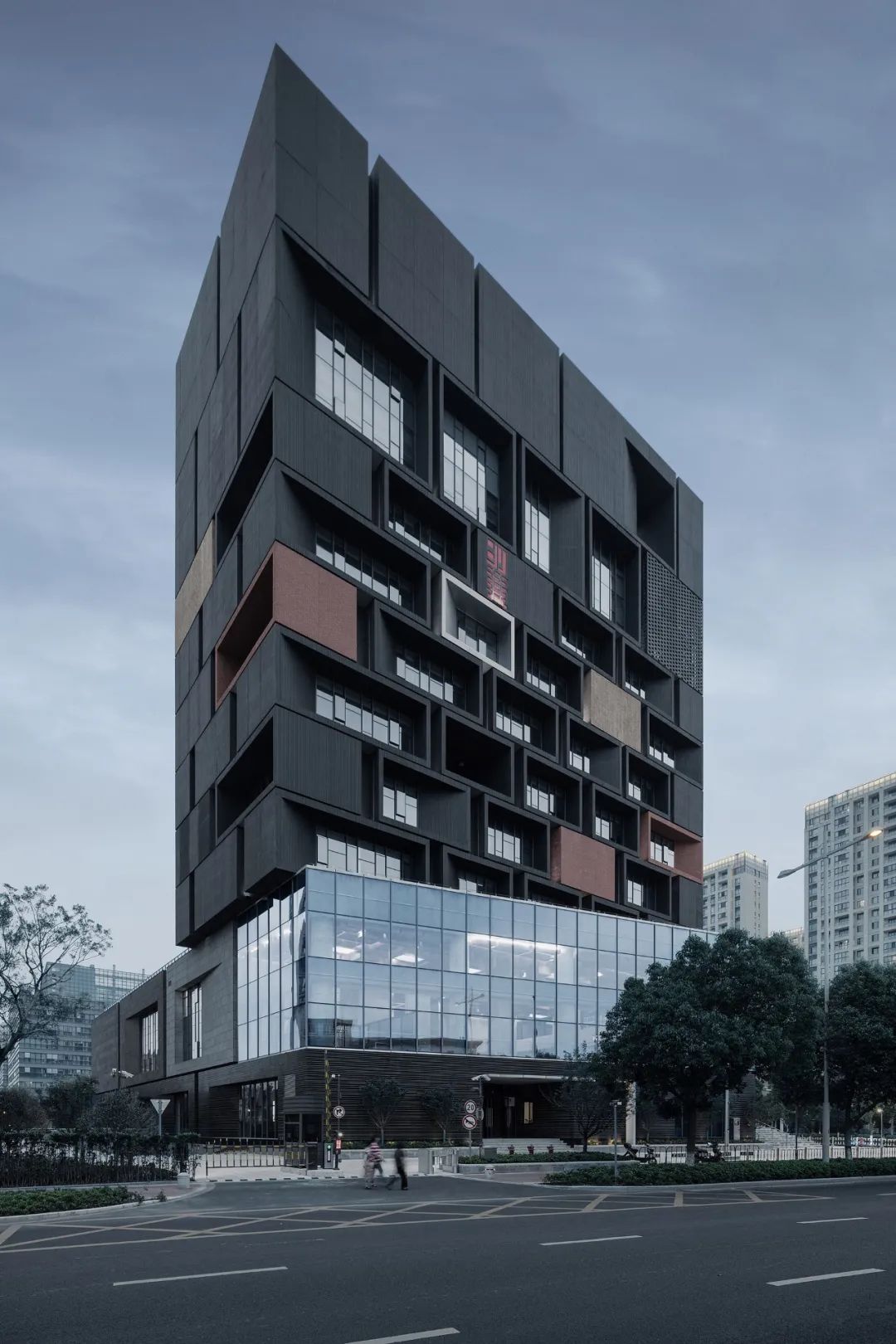
砌体的对象首先应是空间本身,即以空间为块体。这就要求对档案建筑的功能空间进行解构、分类和重组;并进一步外化其公、私、开、闭属性,形成大小不同、虚实不同的“空间块”。然后在正确的地方有序地建造它们。
The object of masonry should first be the space itself, that is, taking the space as a block. This requires the deconstruction, classification and reorganization of the functional space of the archive building; and further externalizing its public, or private, or open, or closed attributes to form different sizes and virtual or real “space blocks”. Then build them orderly in the right place.
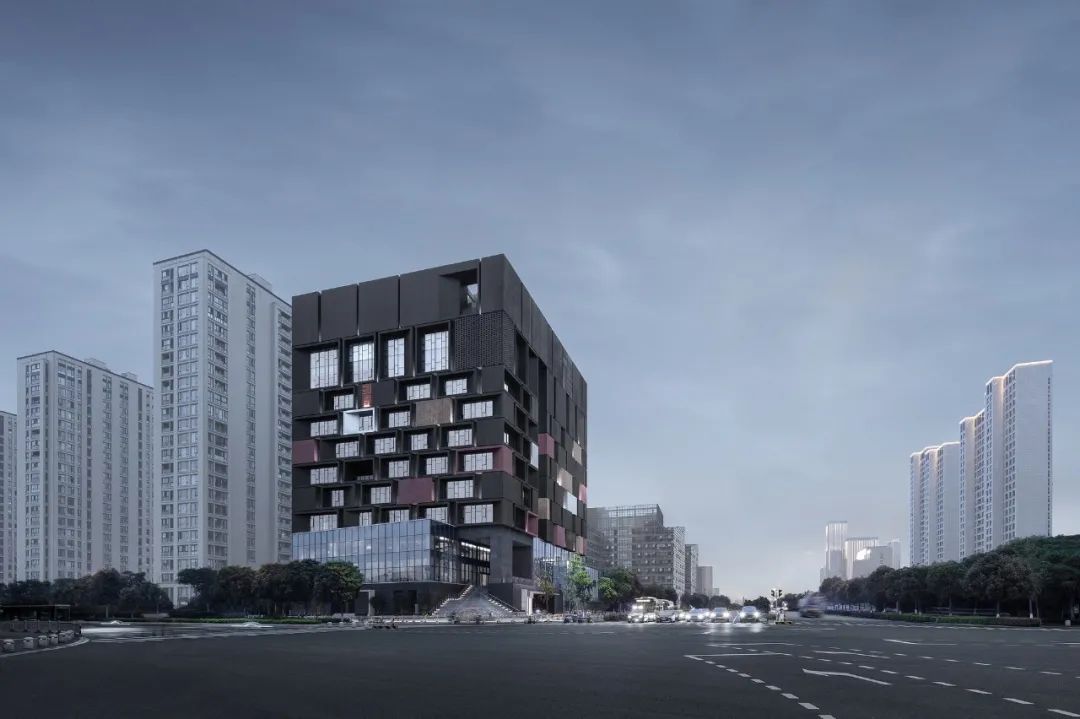
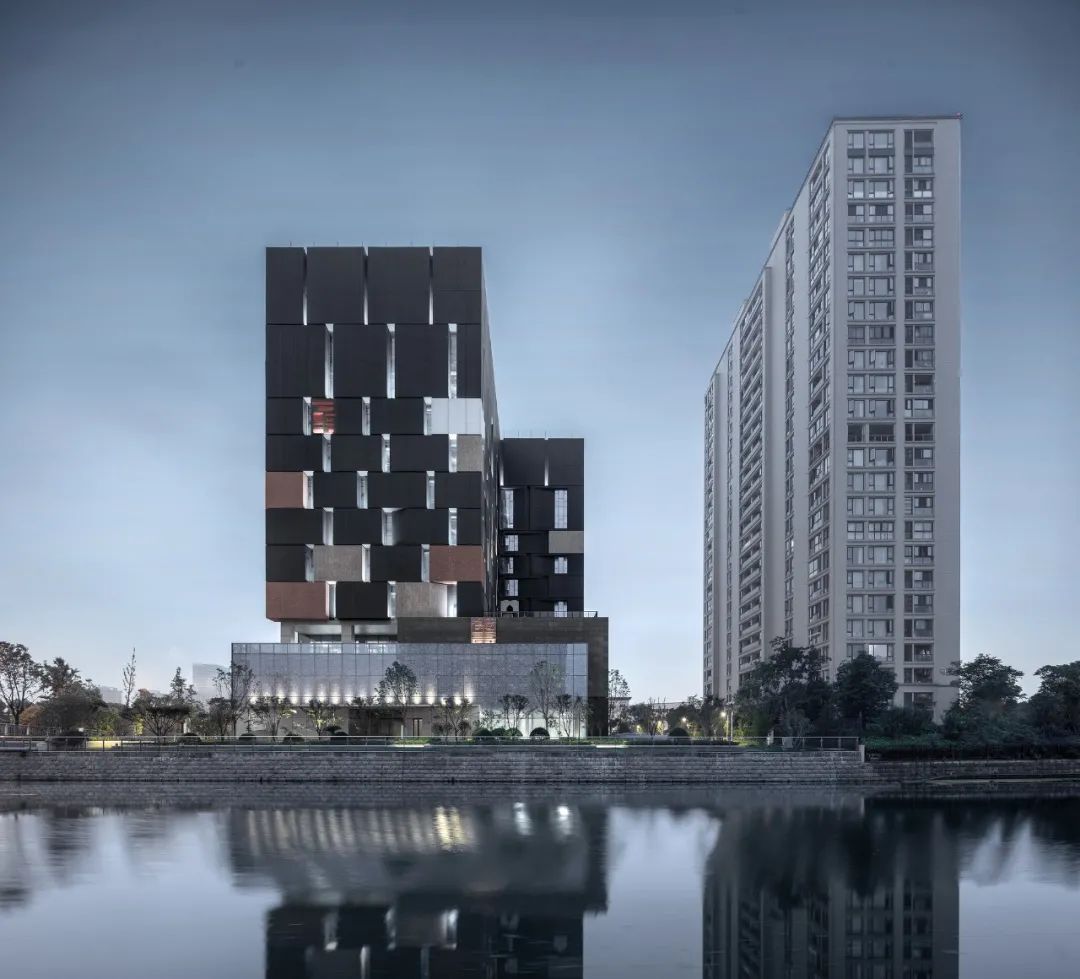
我们希望在这座建筑上能直观地读懂防御工事的历史。因此,我们选择了最能代表当代城市建设活动的材料:混凝土、石材、砖、玻璃、金属板等;它们随机附着在“块”表面,形成一定的无序感和混乱感;真实地展示了城市的现状。
We hope that the history of fortification can be read intuitively on this building. Thus, we selected materials that can best represent contemporary urban construction activities: concrete, stone, bricks, glass, metal plates, etc.; they are randomly attached to the surface of the “block” to form a certain sense of disorder and chaos; and truly illustrate current state of the city.

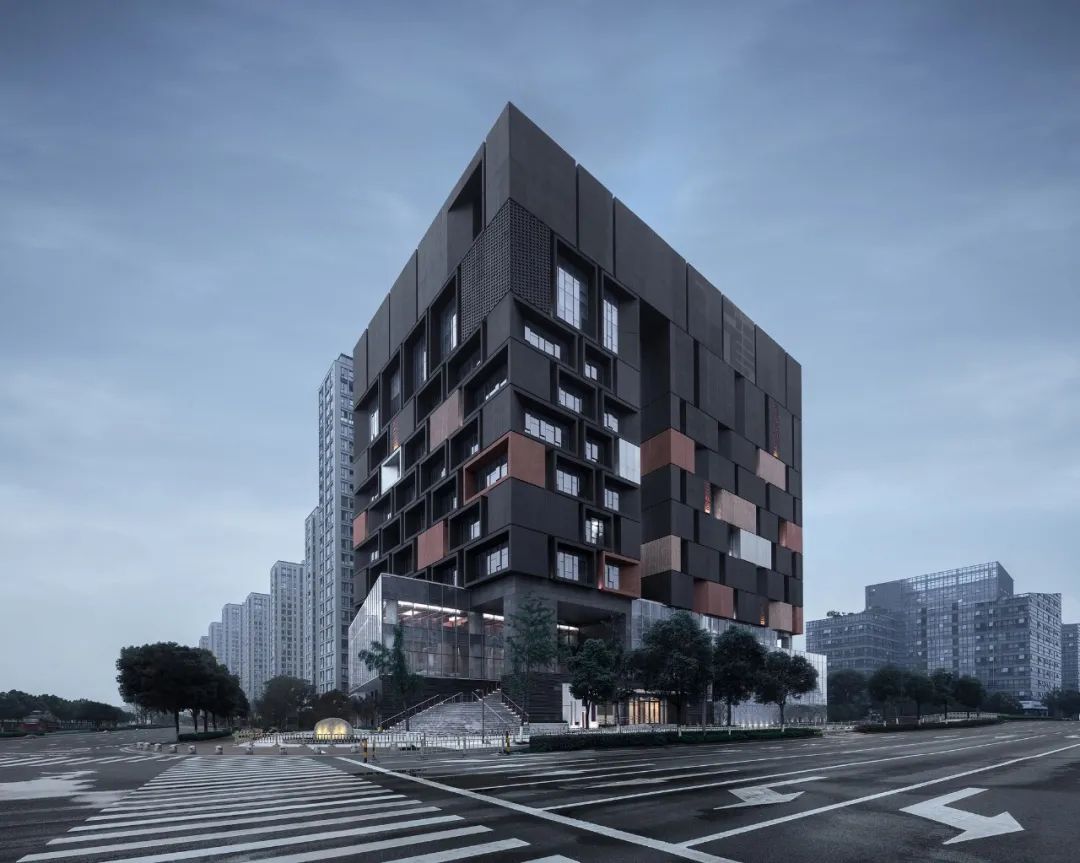
我们从天一阁收藏的古碑刻砖中获得灵感,将宁波各个历史时期的行政名称压刻成篆书,再印在“块”上,形成一个晦涩但可读的模式系统。
We are inspired by the ancient inscription bricks collected by Tianyi Pavilion and embossed the administrative names of Ningbo in various periods of history into seal scripts and then imprinted to the “blocks” to form an obscure but readable pattern system.
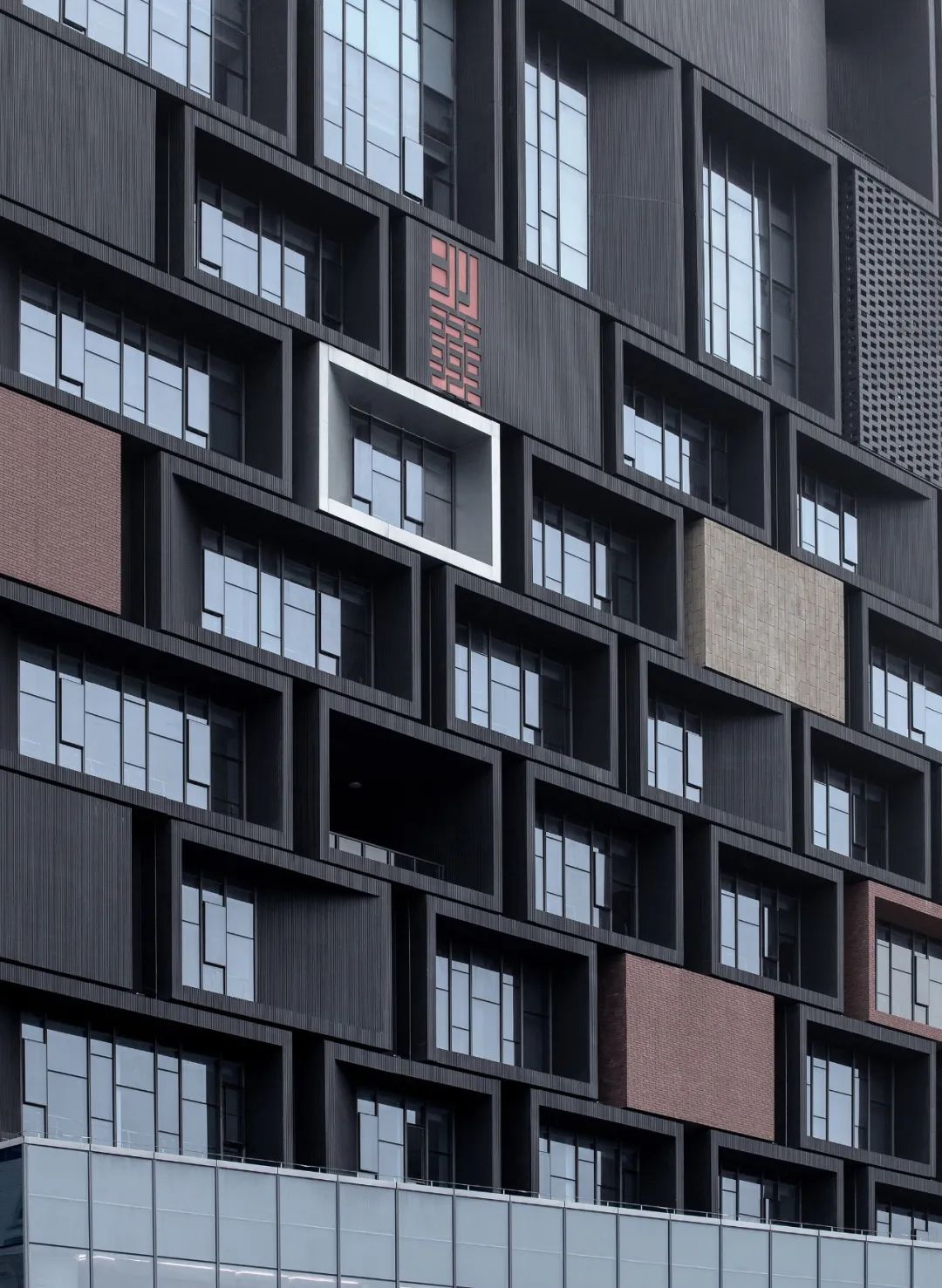
此外,为了增加玻璃块的纹理,并创建一个朦胧的室内光线和阴影的效果,我们使用单词和段落对城市建设在花园“有序性”和建设“原液”镜像和印刷型成分在两个玻璃幕墙在一楼和漂浮在空间。
因此,玻璃材料成为一种可以被解读的纹理,暗示了建筑的功能和文化属性。
In addition, in order to increase the texture of the glass blocks and create a hazy interior light and shadow effect, we used words and paragraphs about urban construction in “Kaogongji” and garden construction in “Yuanye” to be mirrored and printed with type composition on two glass curtain walls on the ground floor and float in the space. Thus, the glass material becomes a texture that can be interpreted, suggesting the function and cultural attributes of the building.
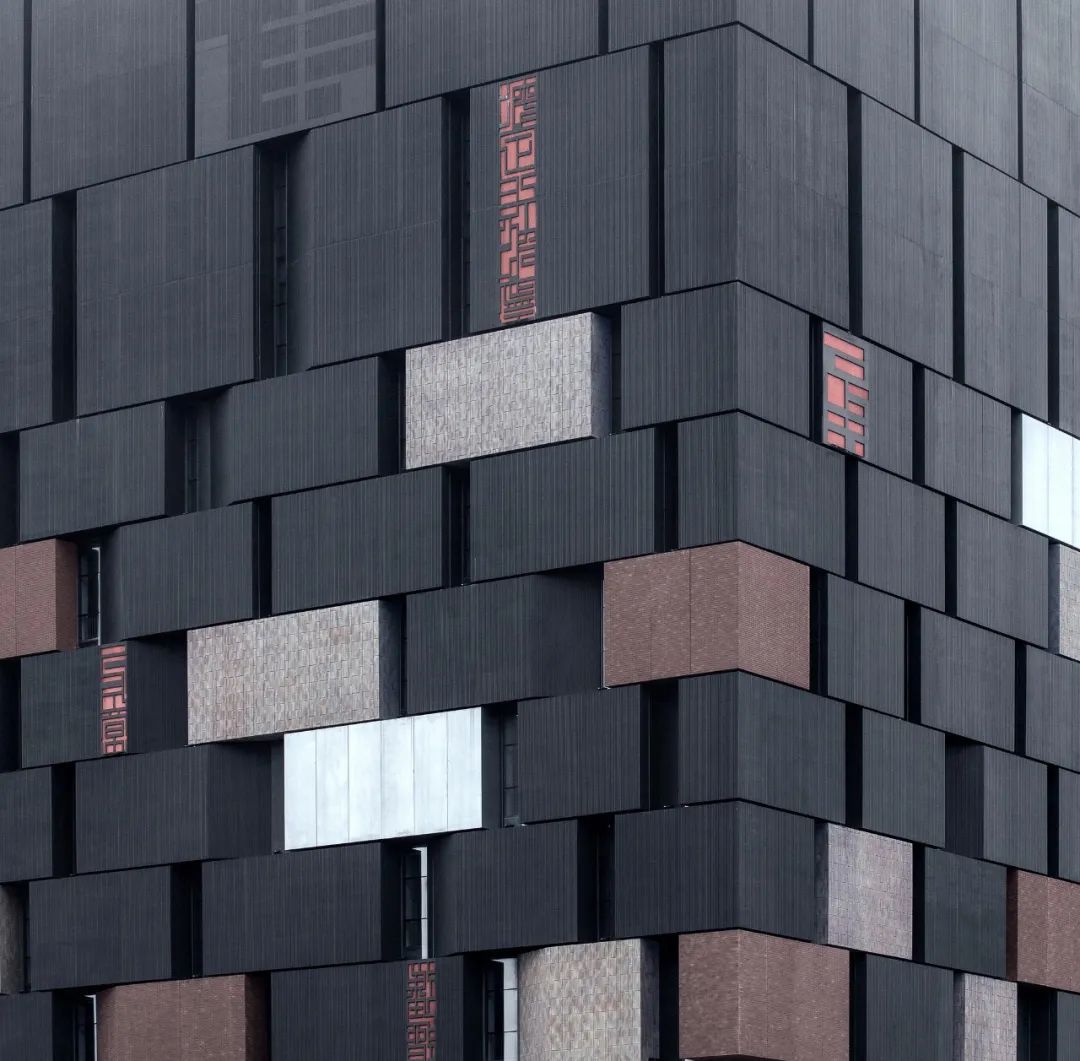
为了在结构上实现“砌体”,我们对整个建筑的混凝土结构进行模块化切割。
三层以上的结构构件,包括梁、楼板、柱、楼梯等,均为预制结构。混凝土构件在工厂提前预制养护,现场只进行相对简单的现浇。
提高了施工精度,大大缩短了施工提前期。因此,该项目成为宁波市公共建筑施工技术领域的重大突破。
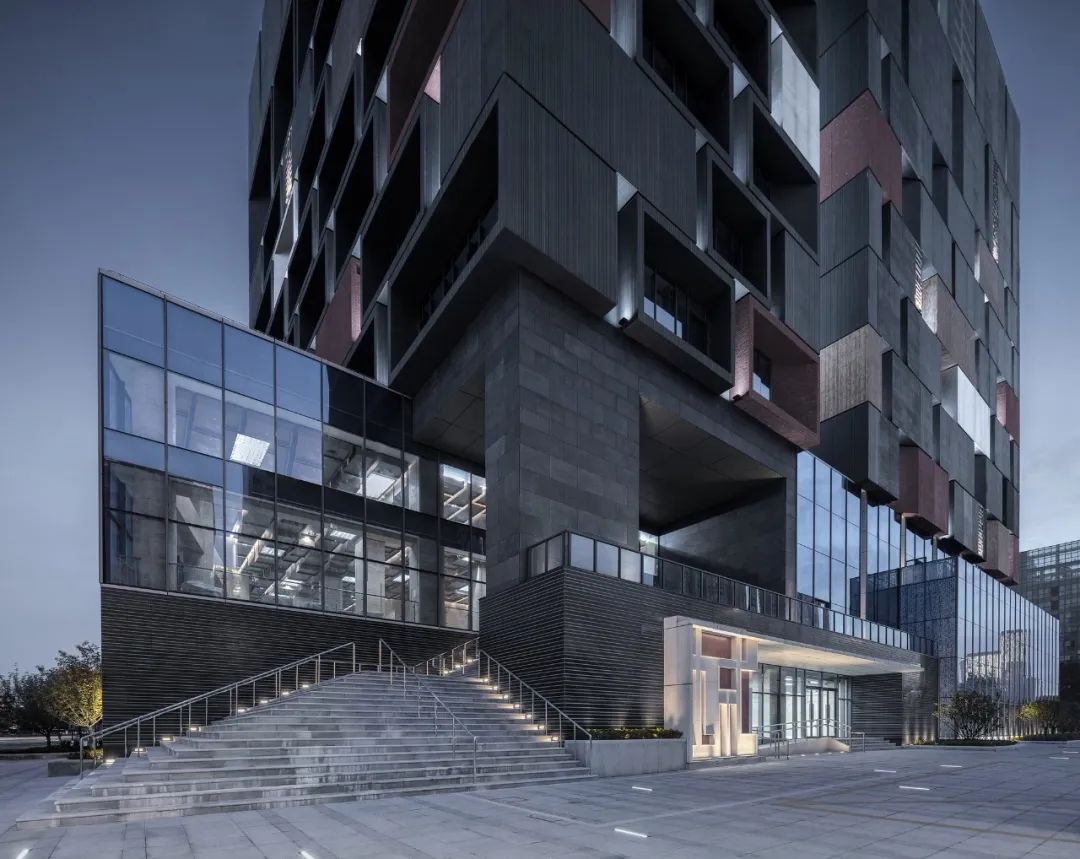
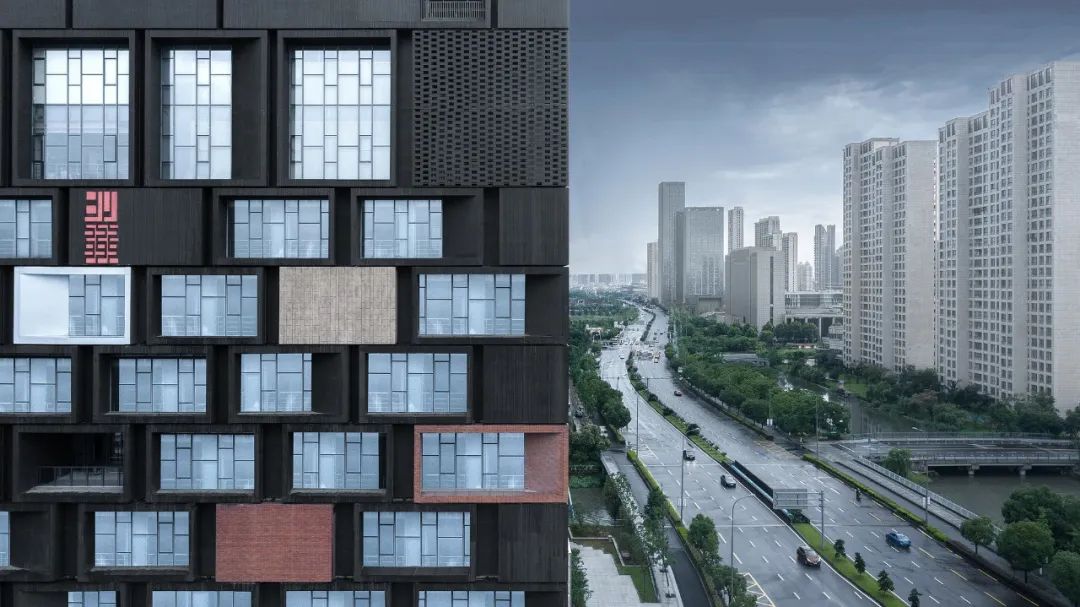
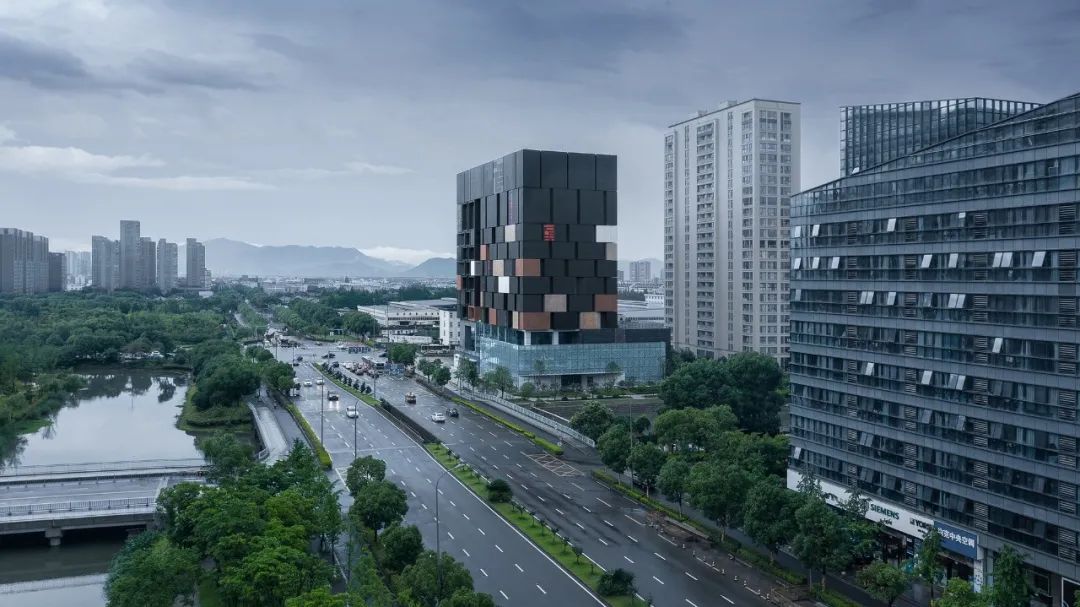
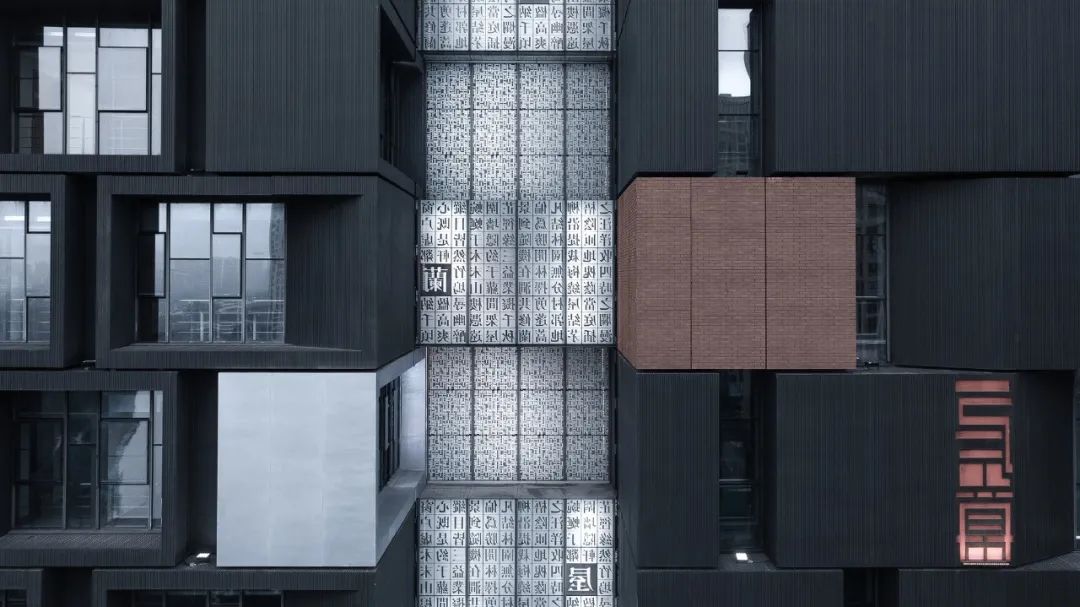

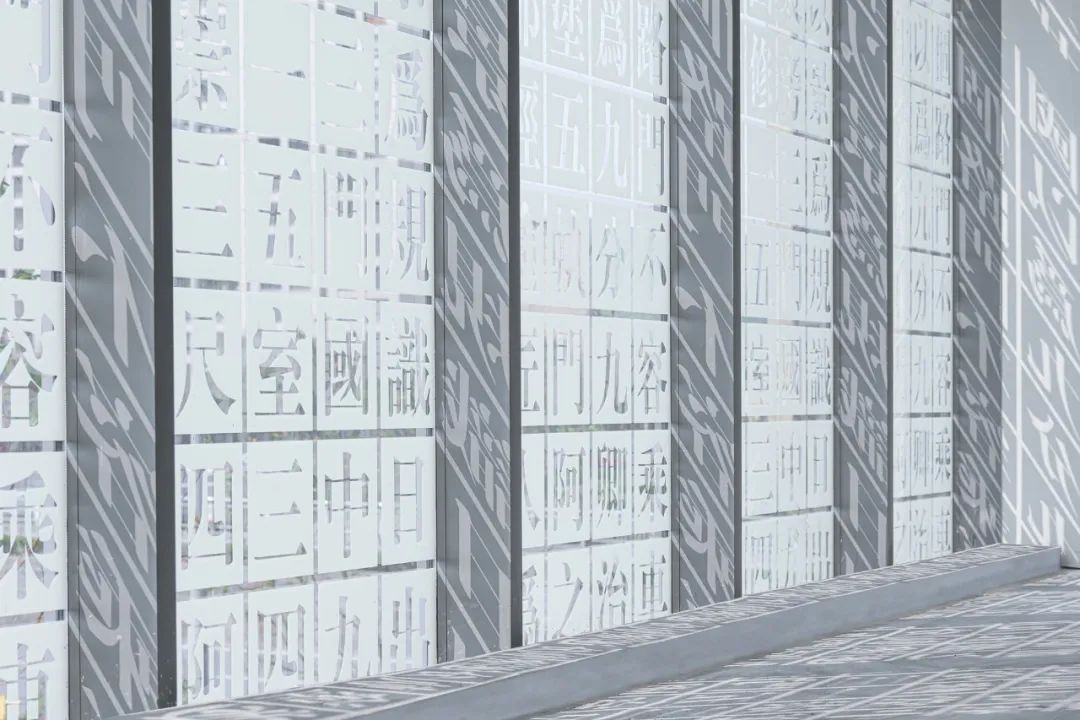
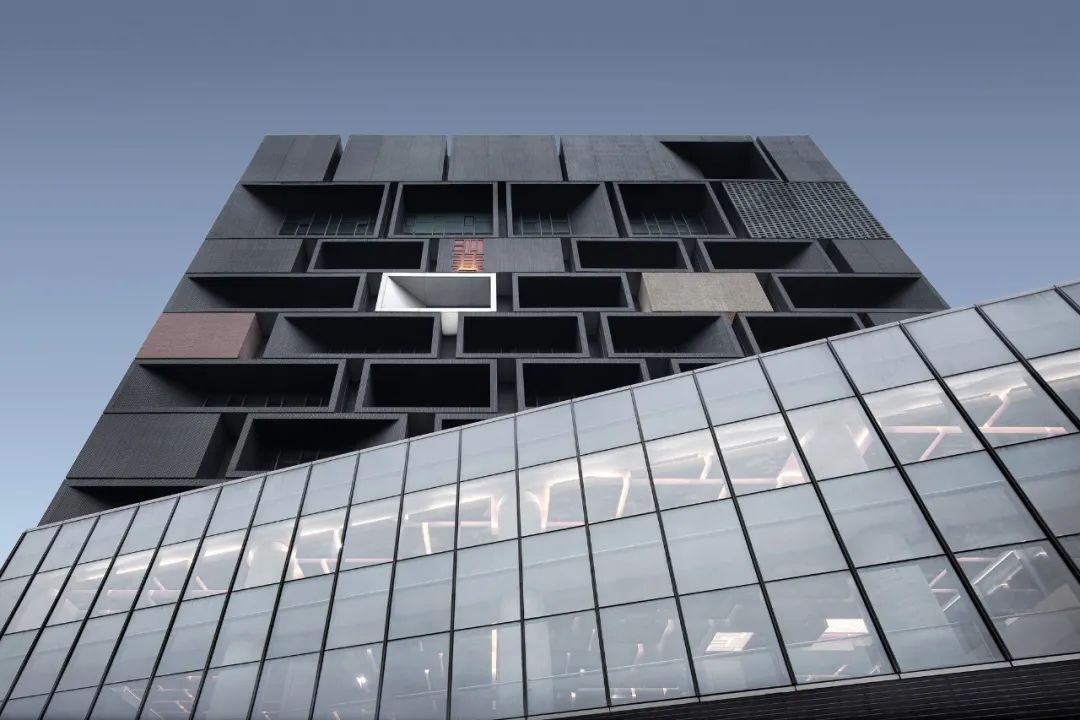
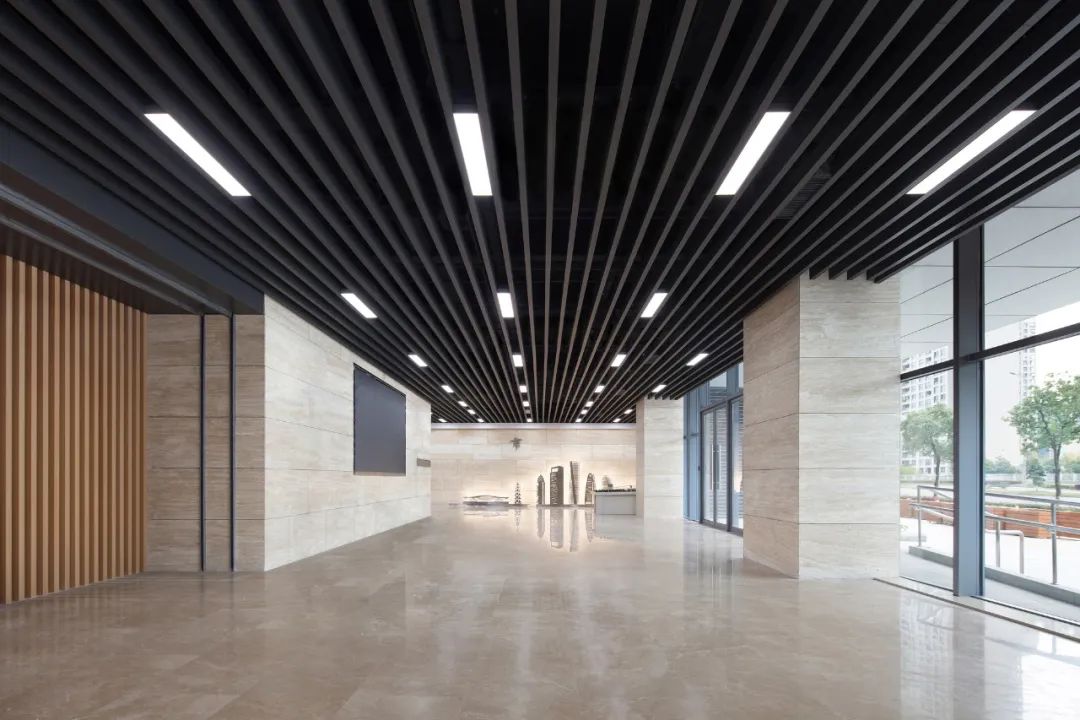
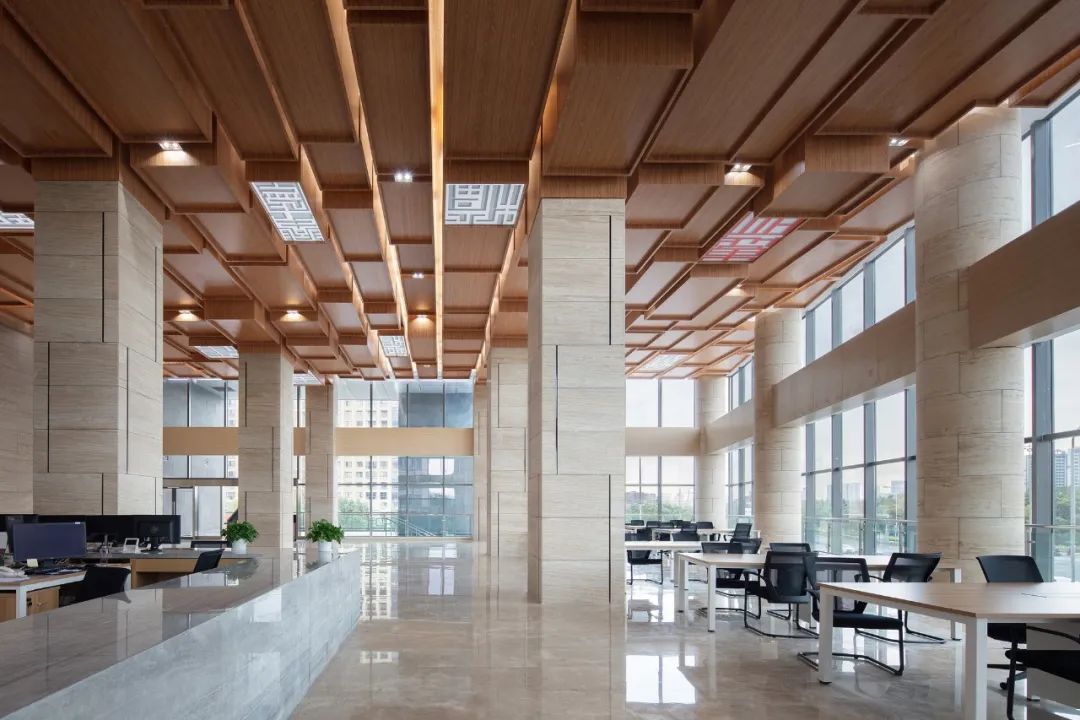
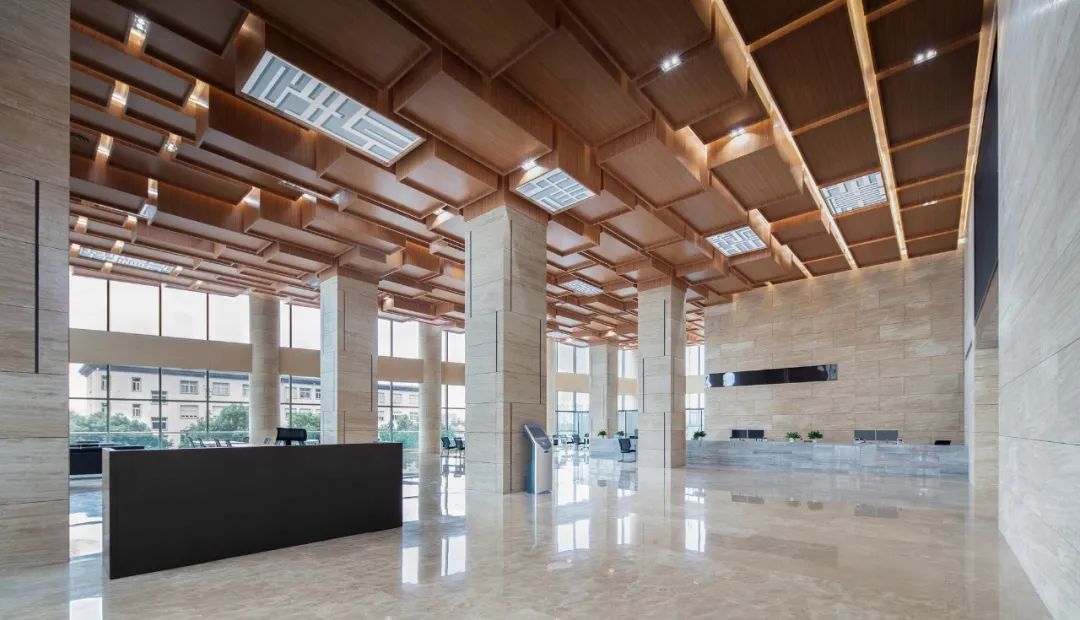
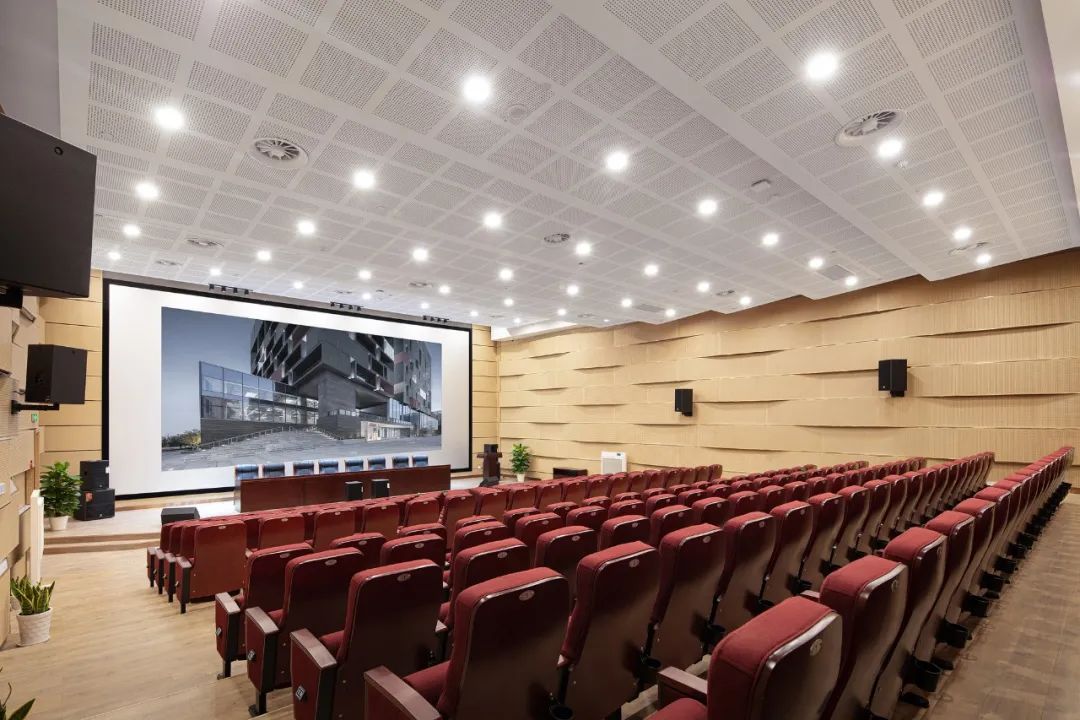
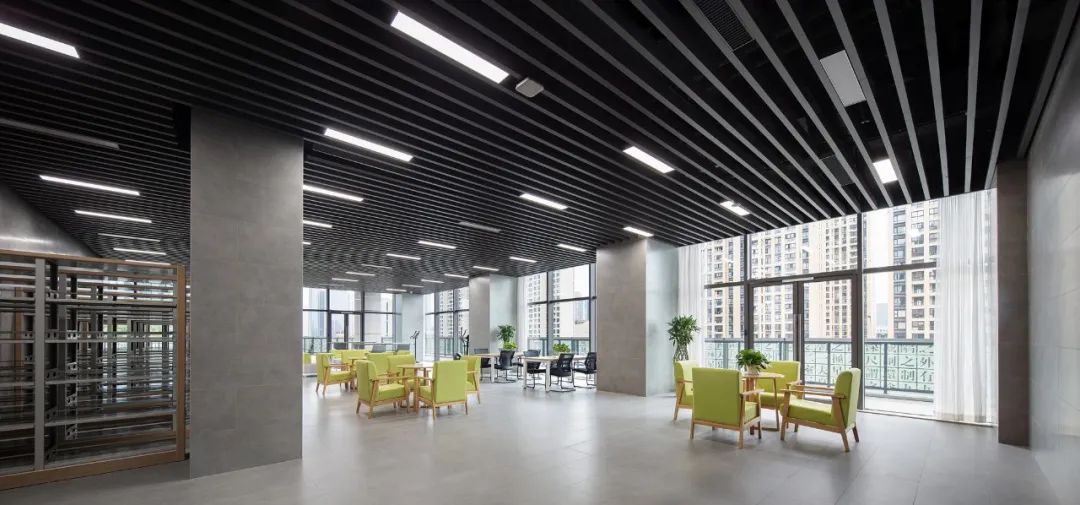
建筑功能
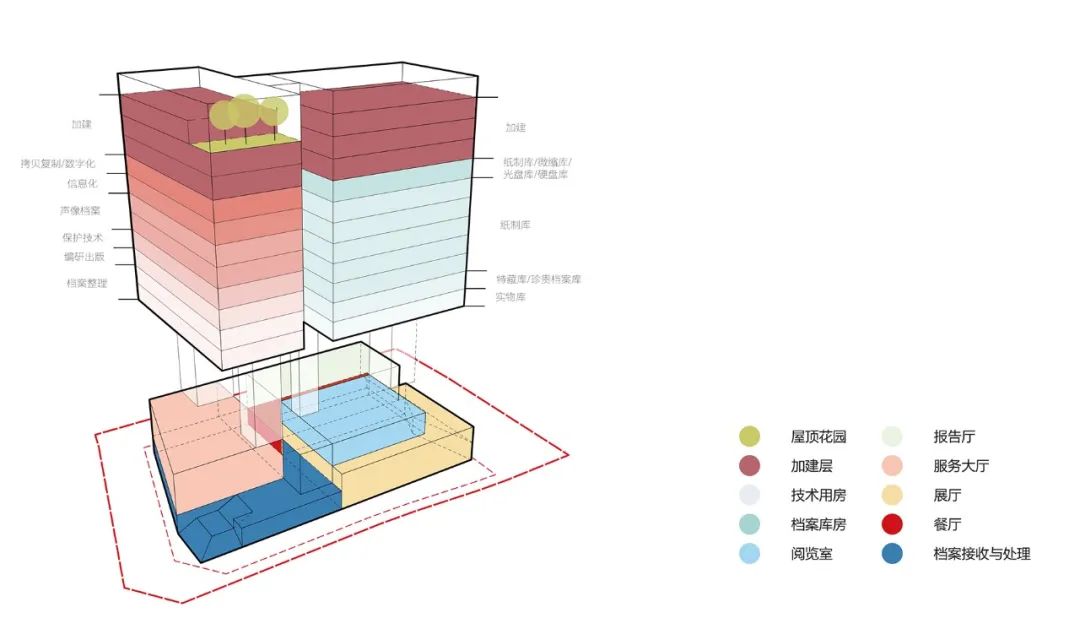
平面图
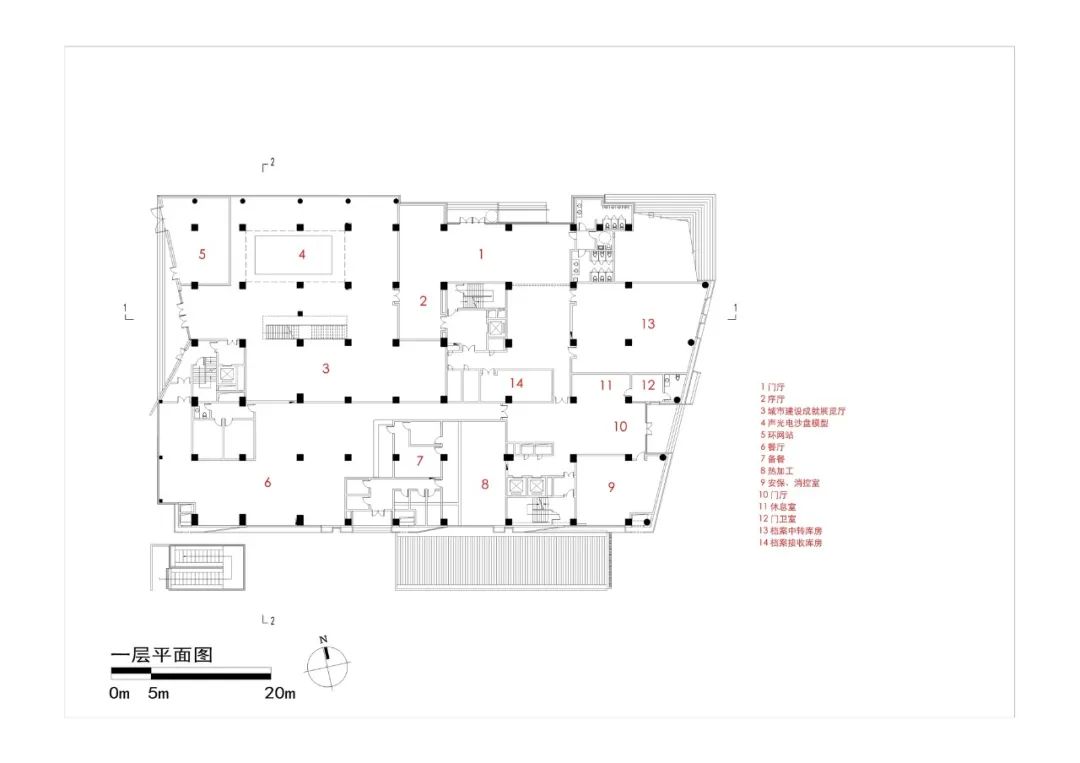
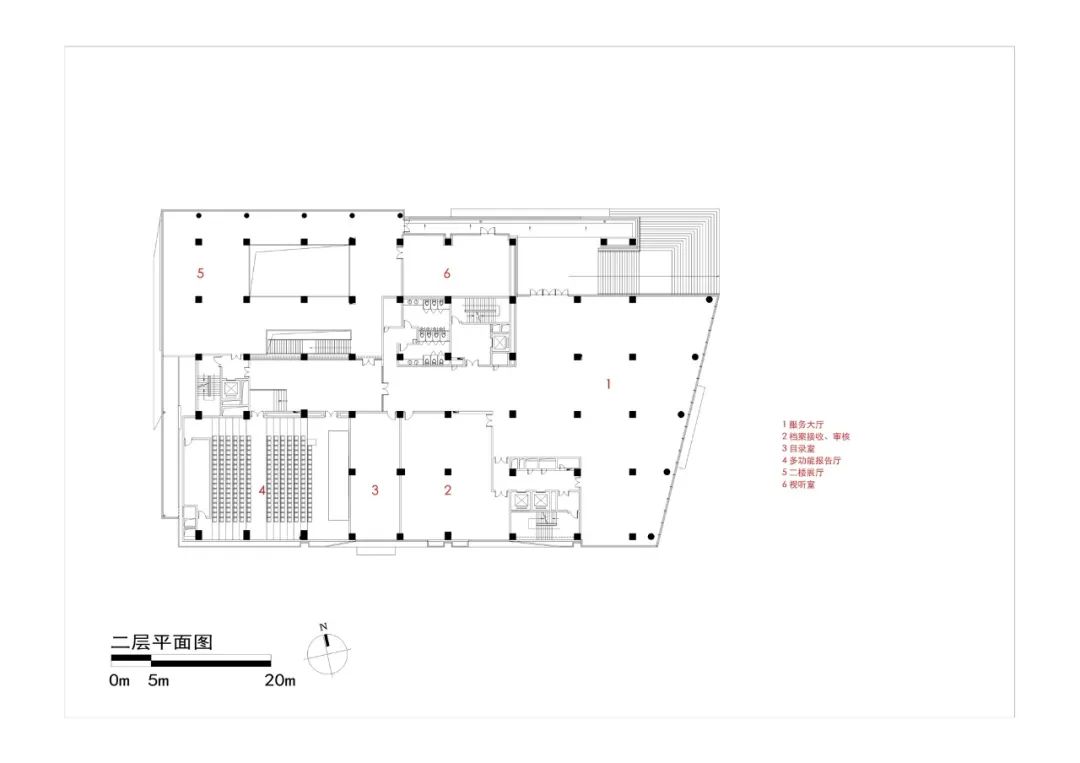

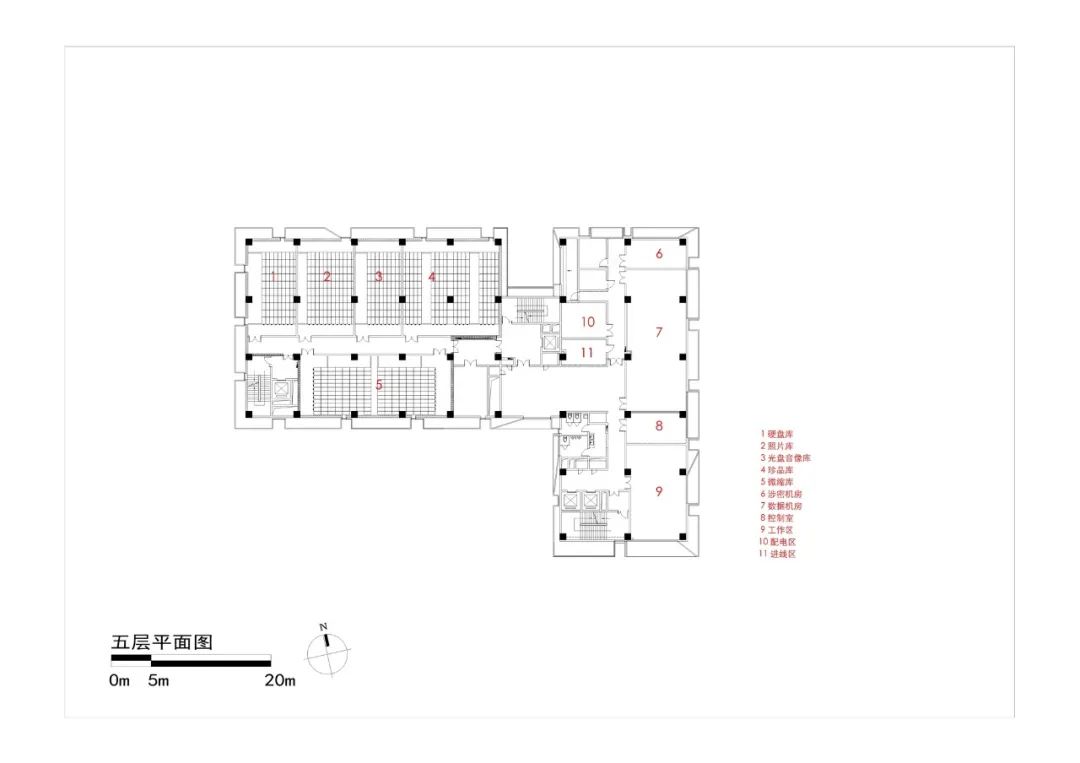
立面图
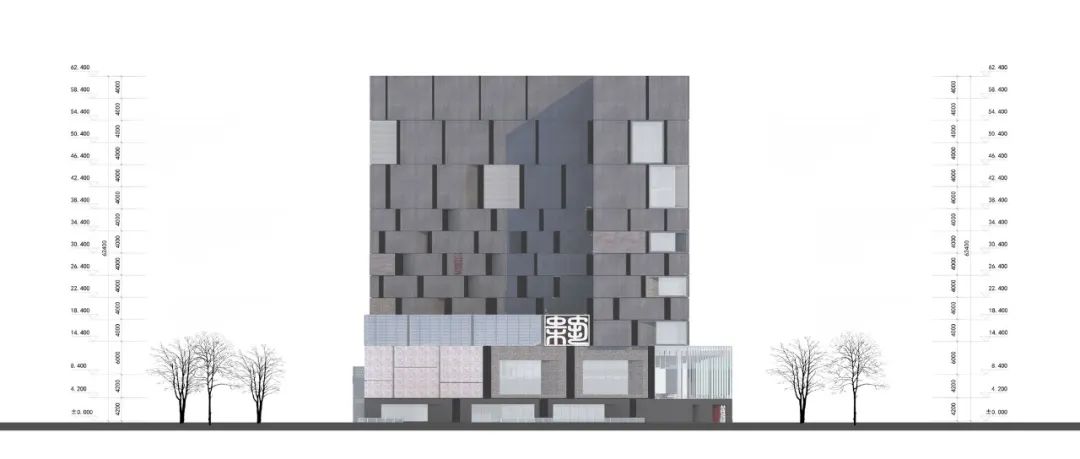

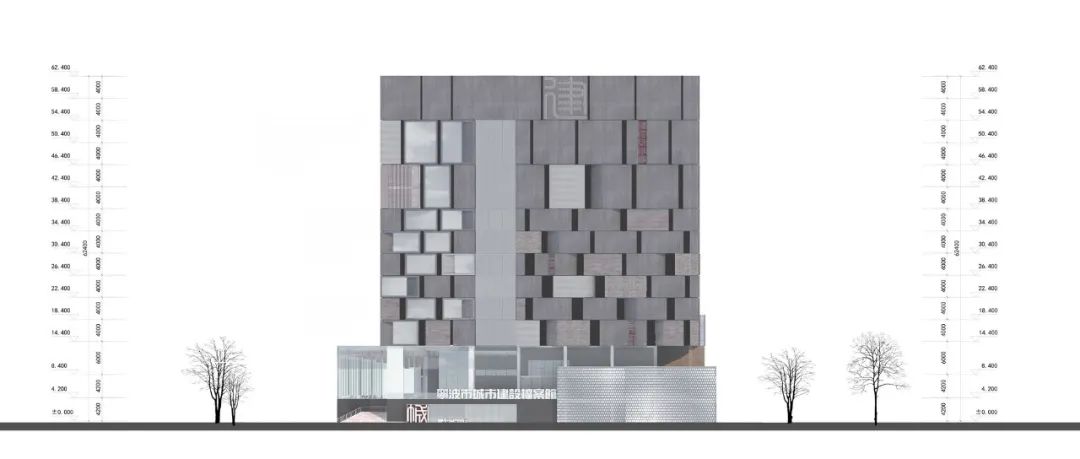
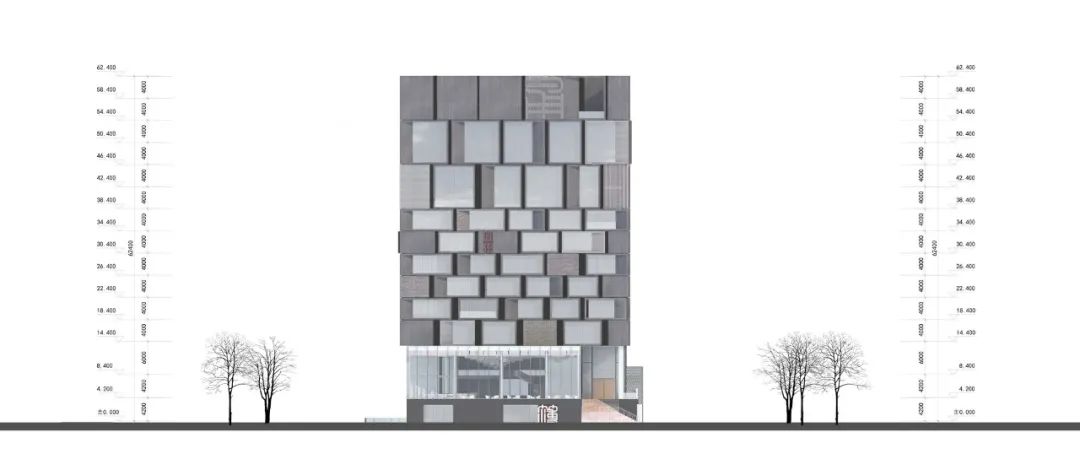
剖面说明图
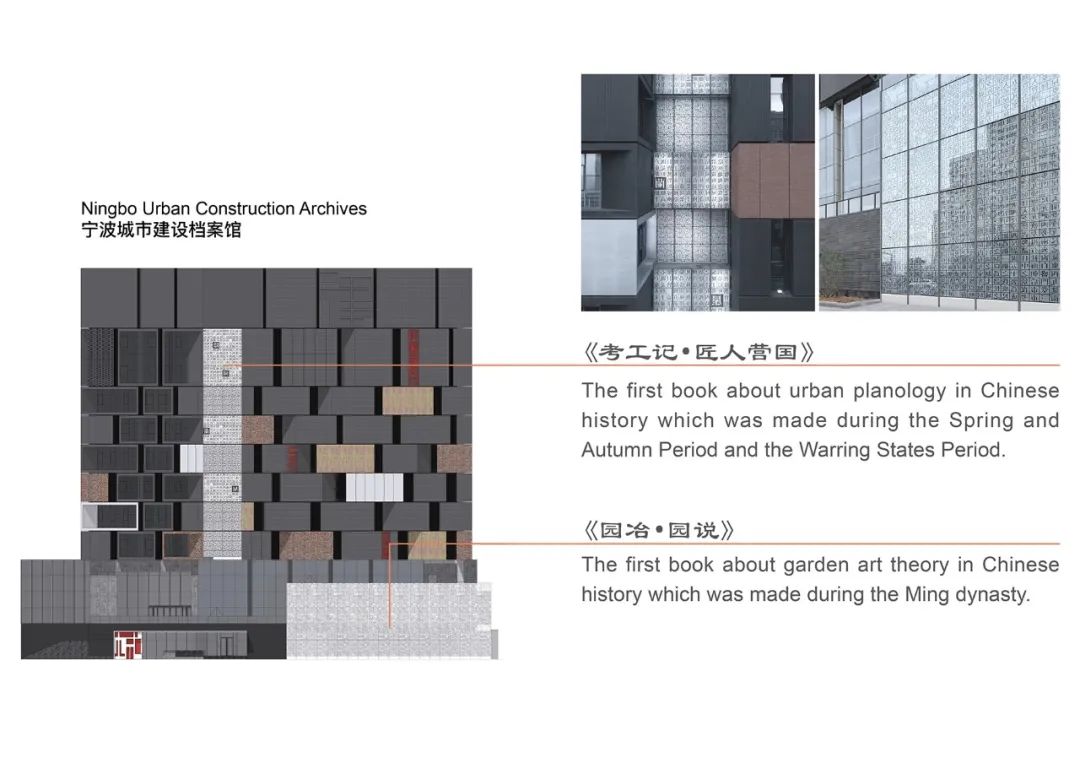
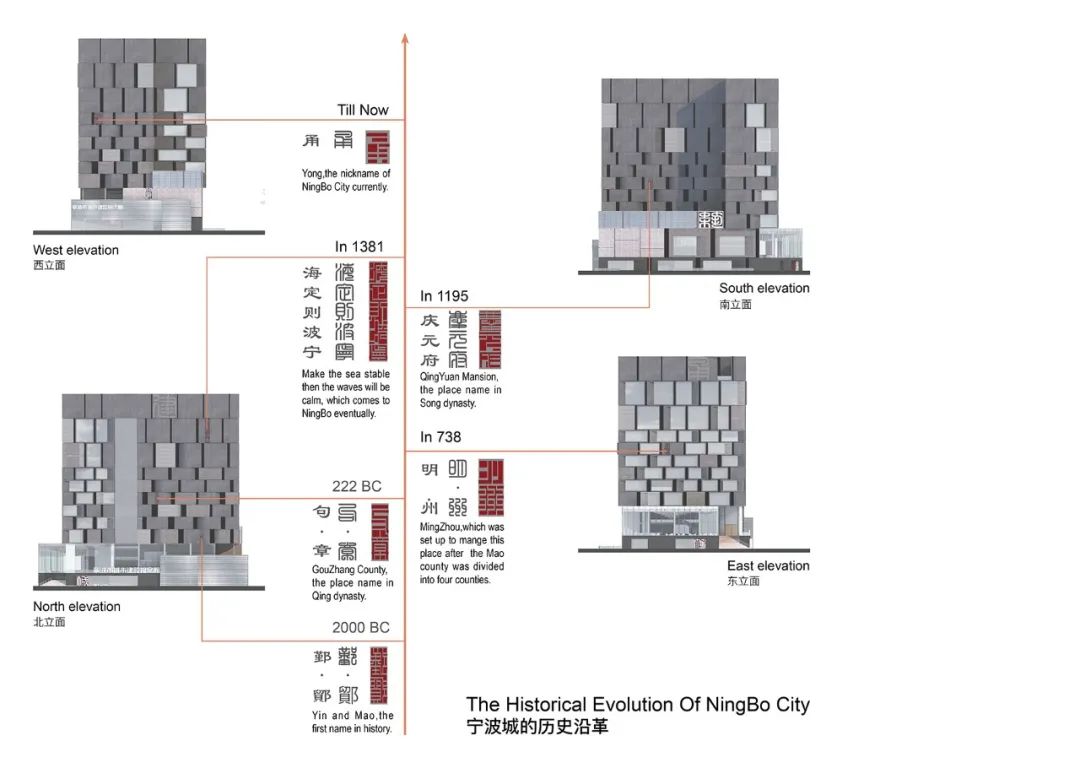
砌块分类图
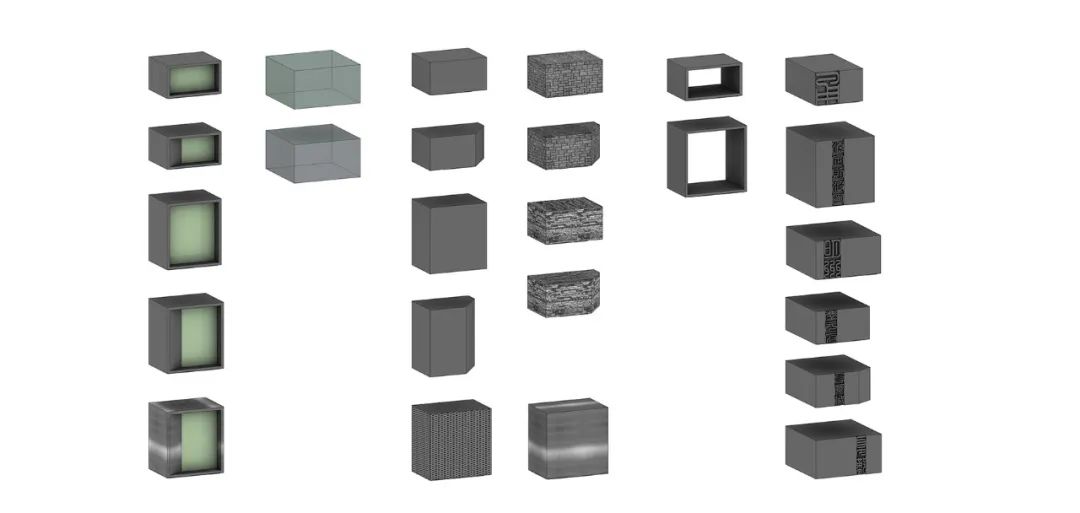
剖面图设计图
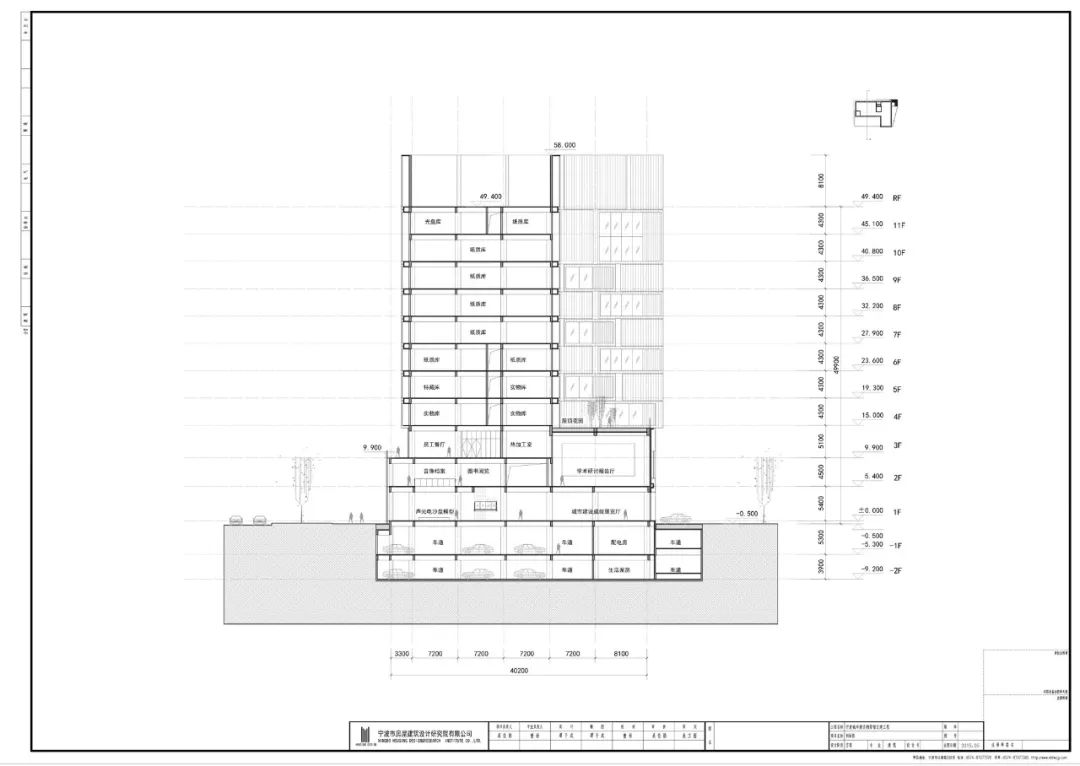

建筑师:DC国际建筑设计事务所
地点:中国宁波
面积:23688 m²
年份:2020
主创建筑师:董毅
设计团队:董毅、何伟伟、张佳、张春伟、唐杰
摄影: 山西工作室、CAAI影像、小流影像


来源:搜建筑,如有侵权请联系我们。




